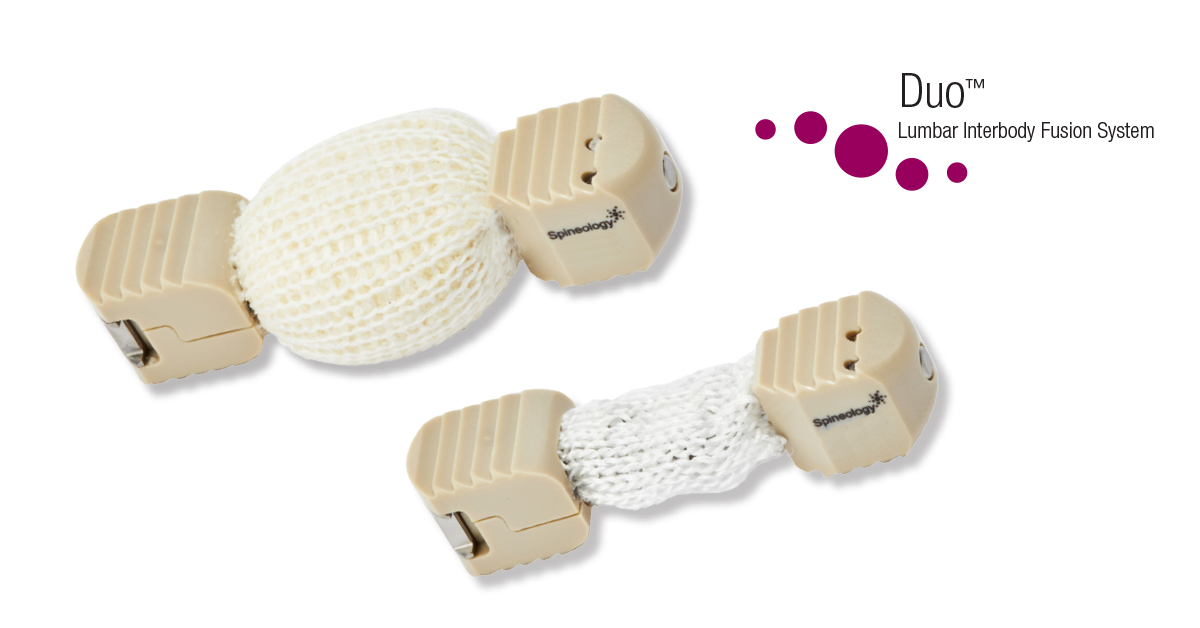
The lateral approach to the lumbar spine was pioneered in the late 1990s and popularized in the early 2000s. The popularization was driven by the use of neuromonitoring systems giving surgeons the ability to avoid nerve crush or transection injuries. Along with advancements in neuromonitoring, companies developed specialized instrumentation to place static cages made from biocompatible materials into the disc space. These advancements and techniques provided surgeons the ability to treat patients suffering from lumbar disorders.
During the course of use of these techniques, surgeons began to record and document the incidence of post- operative nerve stretch injuries with the most commonly reported symptoms being anterior thigh pain, paresthesia and weakness. While most patients’ symptoms resolved by 6 months follow up, several studies reported patients with symptoms persistent as far as 12 months removed from surgery. Due to the location of innervation of the psoas muscle, surgery at the L4-5 disc space and longer surgical duration place the patient at greater risk for developing postoperative and long-term thigh symptoms(1). The extent and duration of surgical retraction has been implicated in these post-operative complications. While companies have recommended adaptations to their surgical techniques such as reducing the duration of retraction time, few have developed new devices that reduce the amount of retraction.
Duo is one such device that has been developed to address nerve stretch injuries while providing substantial support of the interspace. The Duo System is the first device to combine PEEK, titanium, and graft containment mesh elements. The implant design dramatically reduces the access required (as well as the retraction required) to implant a device via a transpsoas approach. The Duo implant, once filled, creates a large, load-sharing, endplate-conforming graft pack that expands to help maintain spinal correction and support fusion.
By minimizing the retraction on the nerves and soft tissues, that is typically required in these surgeries, the company believes the Duo System will reduce the incidence of post-operative thigh pain and other complications commonly associated with the direct lateral approach.
References: 1. Int J Spine Surg. 2015; 9: 62. Published online 2015 Nov 12. Systematic Review of Thigh Symptoms after Lateral Transpsoas Interbody Fusion for Adult Patients with Degenerative Lumbar Spine Disease. Isaac D. Gammal, BA, Jeffrey M. Spivak, MD, and John A. Bendo, MD.